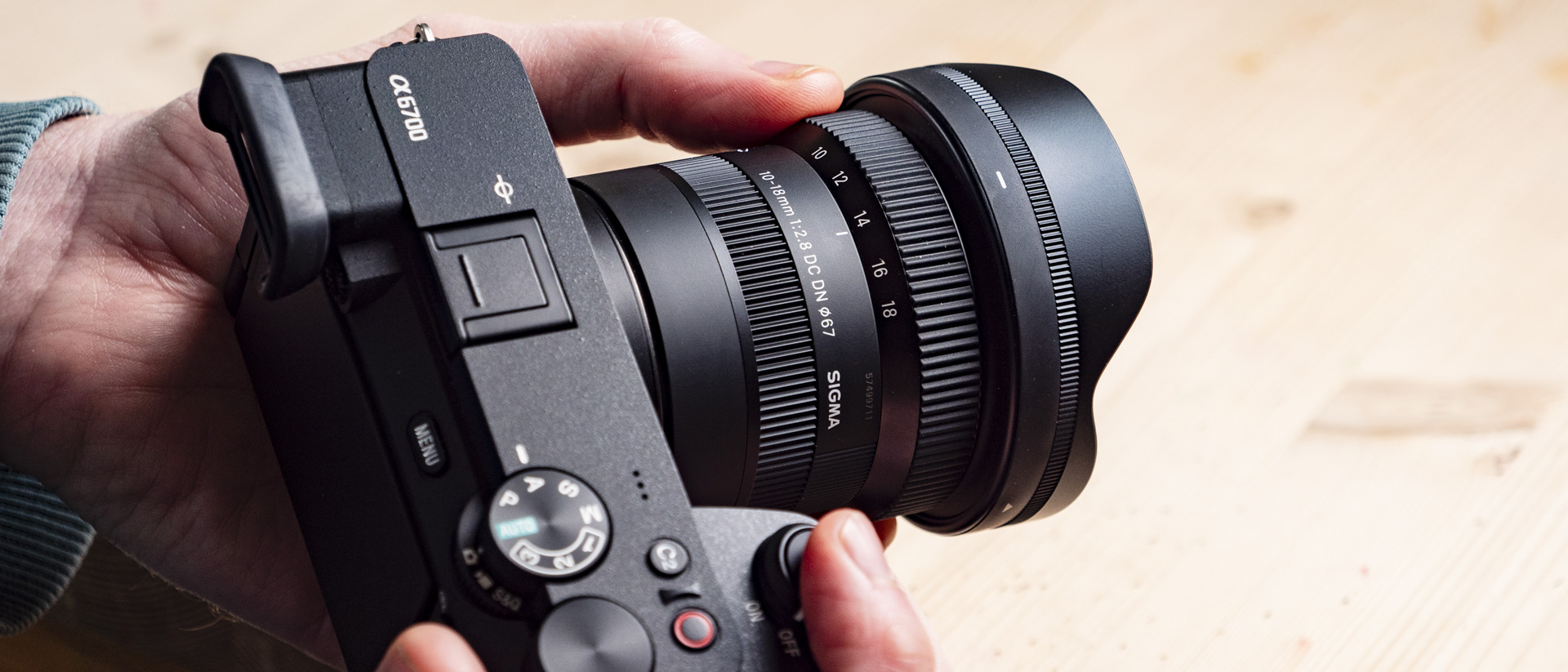TechRadar Verdict
The Sigma 10-18mm F2.8 DC DN lens could be the one lens that does it all for vloggers and landscape photographers who shoot with Sony, Fujifilm or L-mount cameras. It's equally as tiny as comparative lenses with constant f/4 apertures, despite offering an extra stop of light, plus it’s optically sharp at any given setting, and an ideal pairing with a camera like the Sony A6700 or Fujifilm X-S20. Sigma has cemented its reputation as a leading third-party lens maker, and this is a lens I can confidently recommend – perhaps more so than Sony’s own offerings.
Pros
- +
Tiny and high-quality build and constant f/2.8 aperture
- +
Ultra-wide field of view ideal for photo and video
- +
Close focusing distance and 0.5x magnification
Cons
- -
Lacks direct controls
- -
Pronounced vignetting
Why you can trust TechRadar
Two-minute review
The Sigma 10-18mm F2.8 DC DN is an ultra-wide-angle zoom lens designed for crop-sensor APS-C cameras. It's the smallest lens of its kind, and is currently available in Sony E-mount, Fujifilm X-mount and L-mount.
It has an equivalent 15-27mm field of view that’s wider than the main camera on your phone, and ideal for landscape photography. However, I think it’s also a dream vlogging lens, especially given that your camera crops into the full image area in the standard 16:9 aspect ratio.
Added to a kit bag alongside the Sigma 18-50mm f/2.8 DC DN, the APS-C pair cover off an equivalent 15-75mm focal length with a constant f/2.8 aperture, at a combined weight of just 550g. Full-frame versions of these lenses are much larger and heavier by comparison, and Sigma is showing us a real benefit of APS-C.
I tested the tiny lens with the Sony A6700 mirrorless camera, for which it’s an excellent size and handling match, but I can also see it pairing really well with the Fujifilm X-S20 and other cameras. There are no obvious L-mount cameras in this sensor format, though full-frame cameras like the Panasonic S-series and Sigma’s own FP camera do have Super 35mm (APS-C) video recording modes.
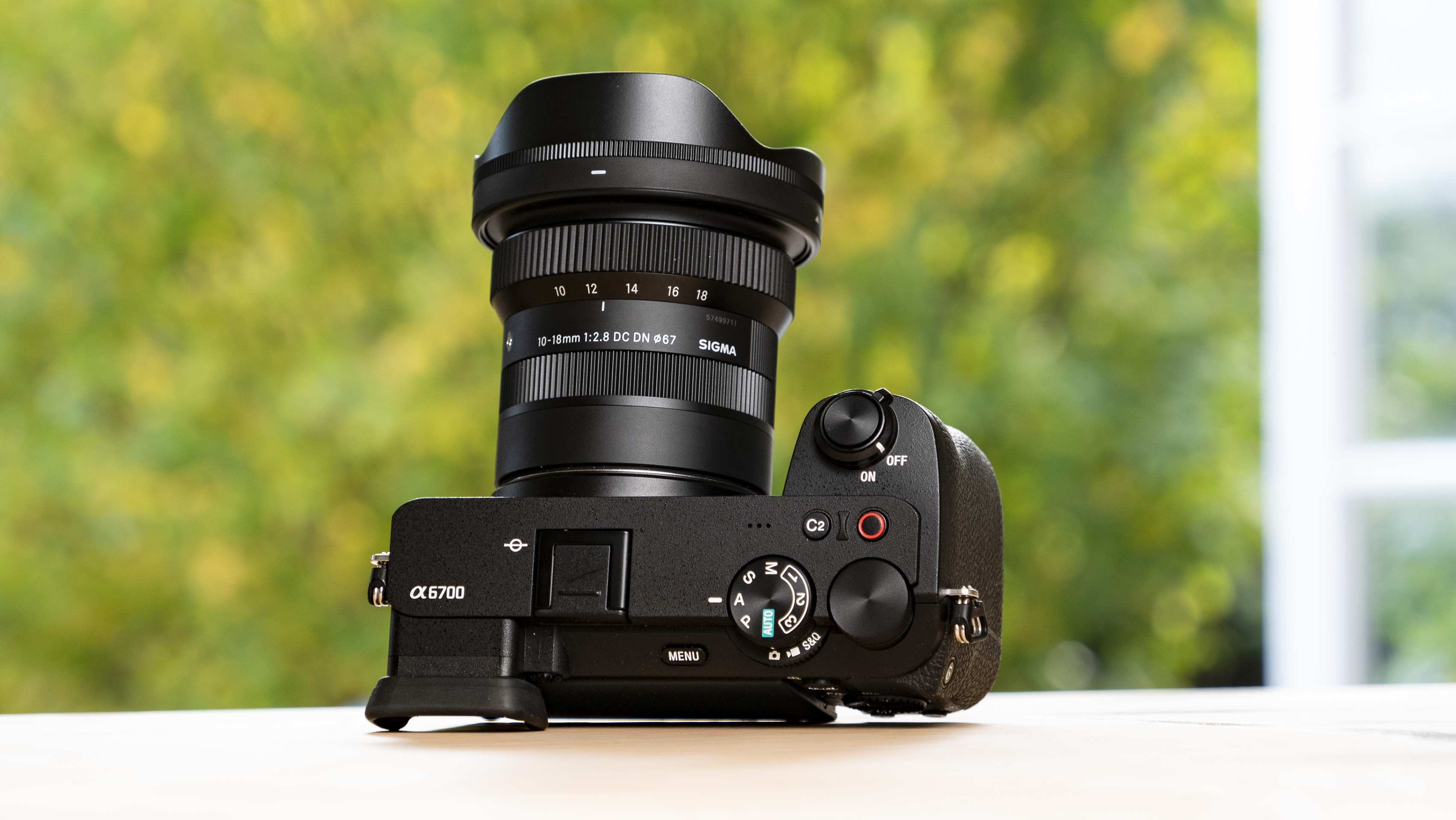
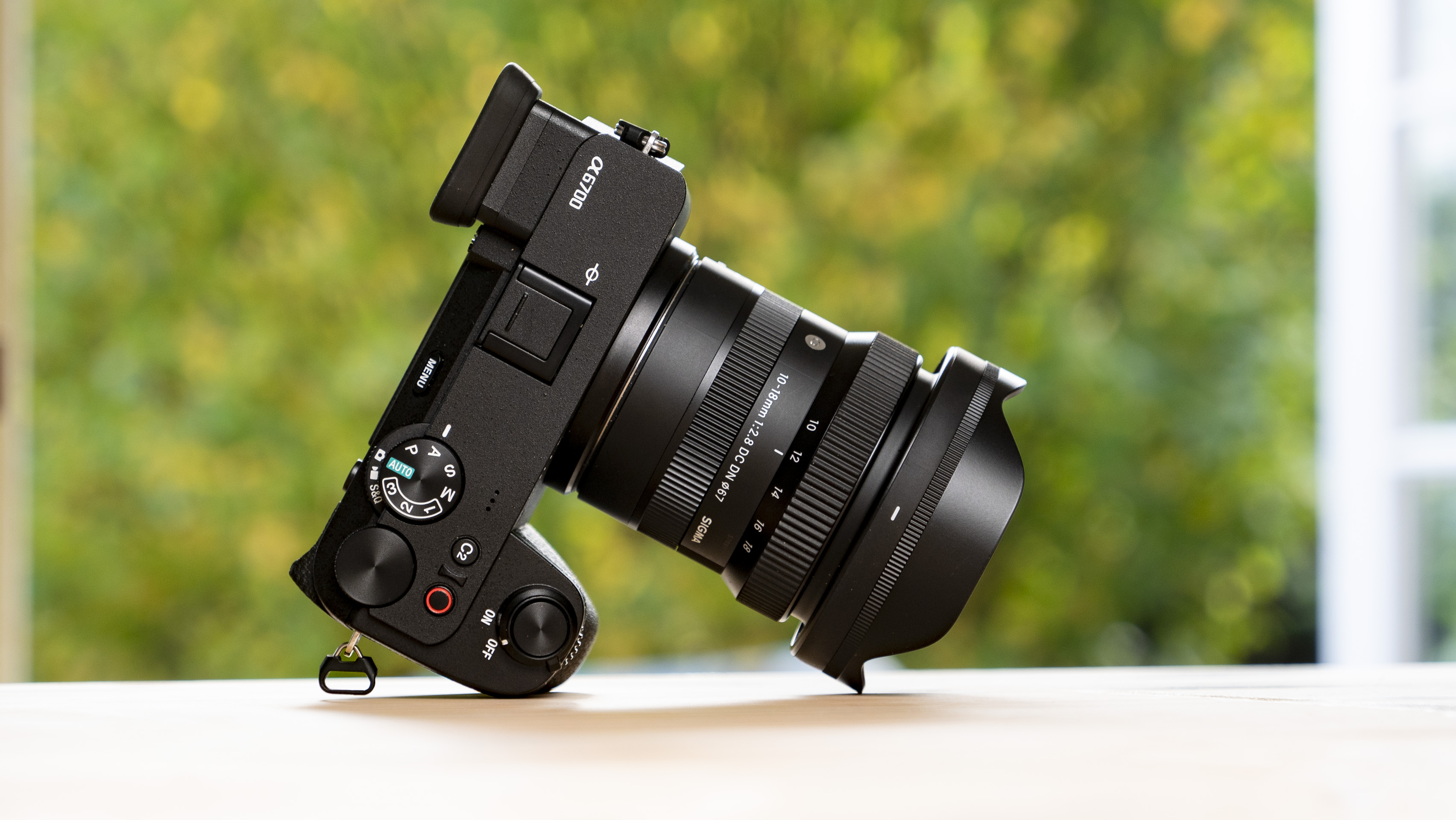

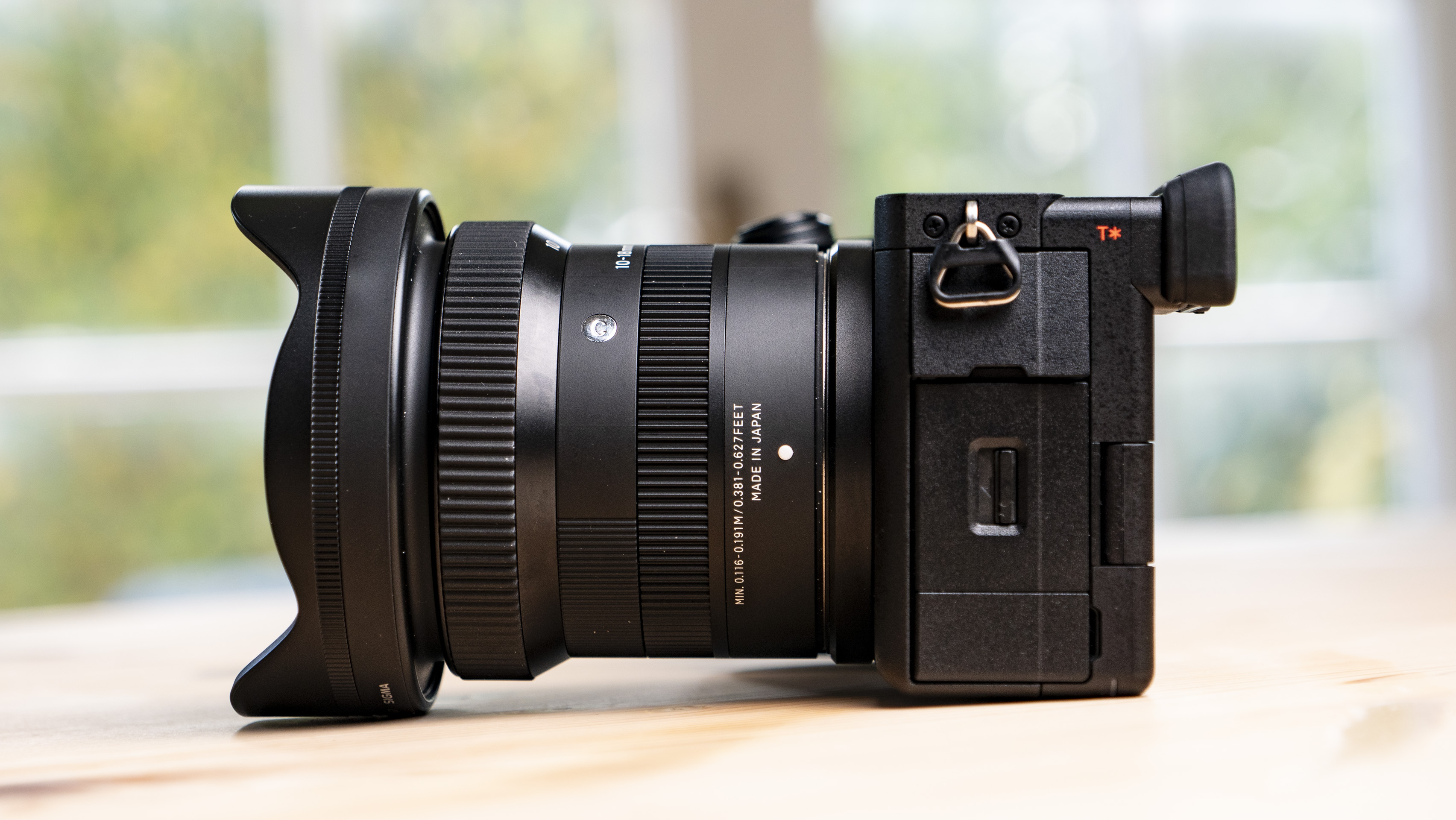
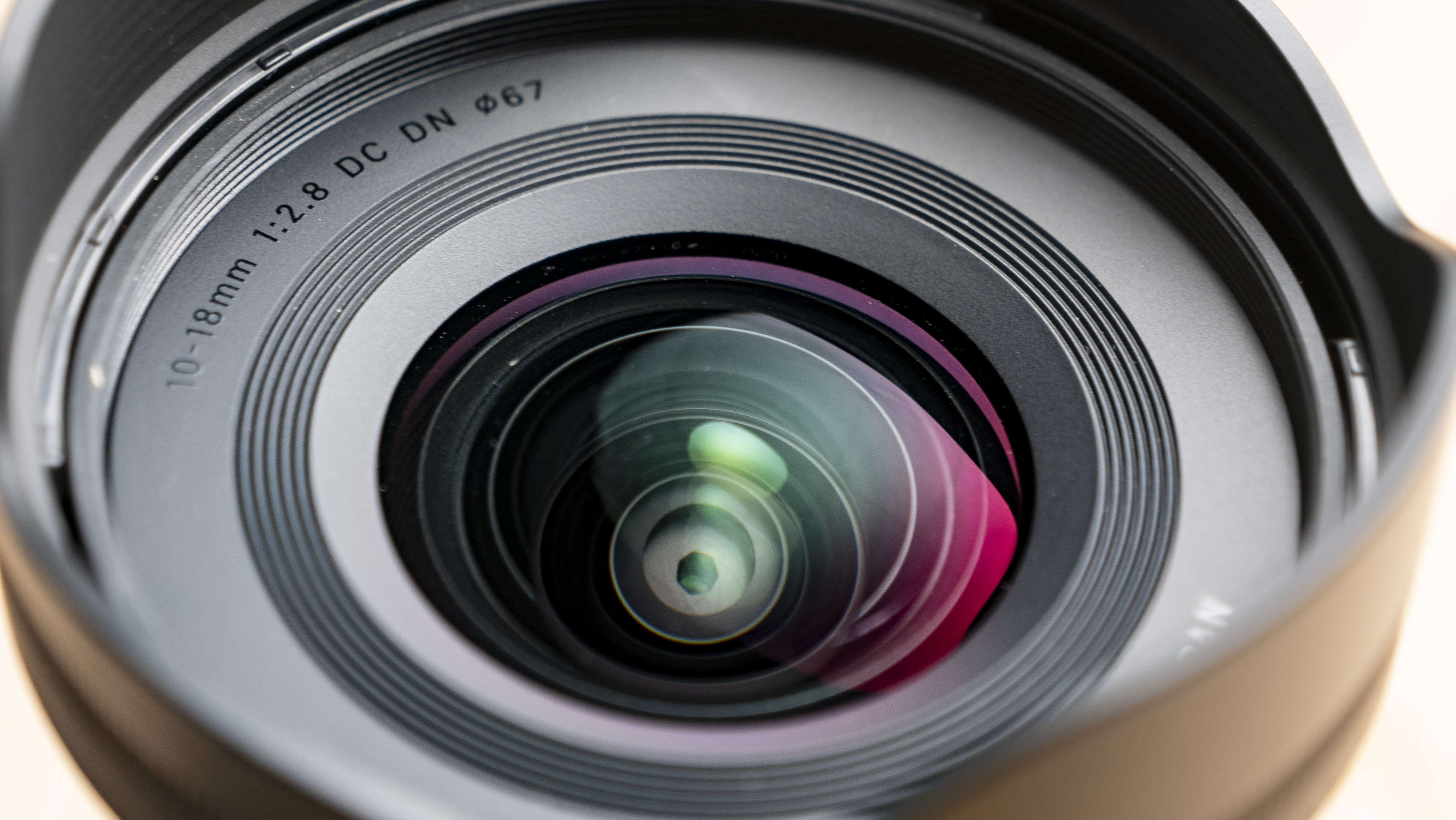
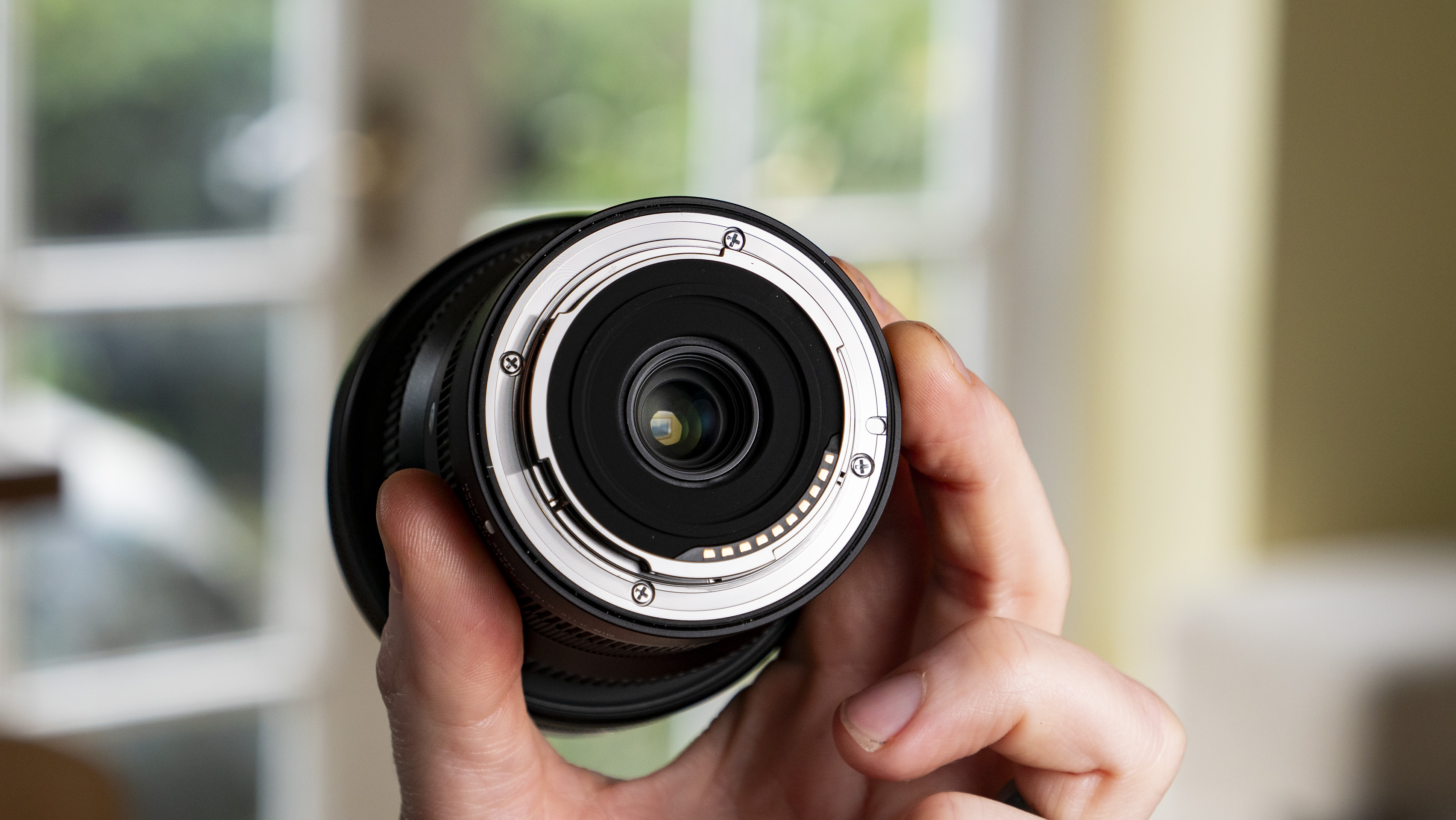
This isn’t the first 10-18mm lens for Sony cameras – in fact, Sony offers its own E-mount 10-18mm F4 lens. However, like the Tamron 11-20mm F2.8 for Sony, this new Sigma lens has a constant f/2.8 aperture, and that’s why it’s especially good for vlogging – the extra stop of light is great for handheld work in low light, and for throwing your backgrounds out of focus when shooting selfies for a dreamy portrait effect.
Sigma has managed to create this f/2.8 lens at virtually the same size and weight as Sony’s 10-18mm with an f/4 constant aperture – that’s impressive stuff from one of the leading third-party lens makers, and the competitive pricing helps, too.
It’s a simple lens, without a single control switch or button; if you’re shifting between auto and manual focus, you’ll need to do that via the camera’s menu.
Sign up for breaking news, reviews, opinion, top tech deals, and more.
Both zoom and focus rings have a pronounced ridge design, which in theory makes them a good match for serious filmmakers using a focus pull for smooth focus and zooming. I didn’t go to the lengths of using a focus pull for this review, although this isn’t a super-serious cine lens, especially given its tiny size, and the fact that it lacks an aperture ring.

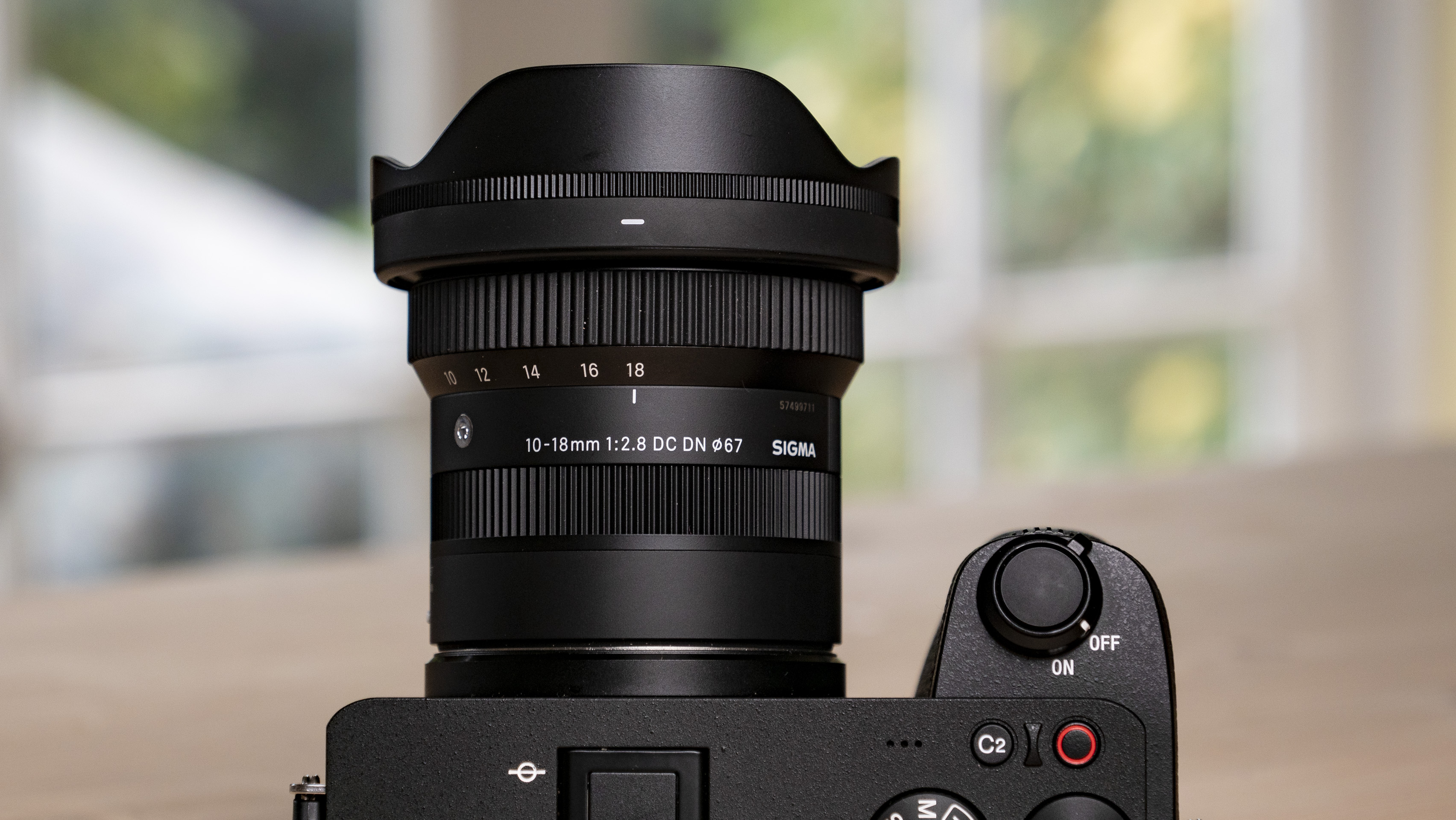
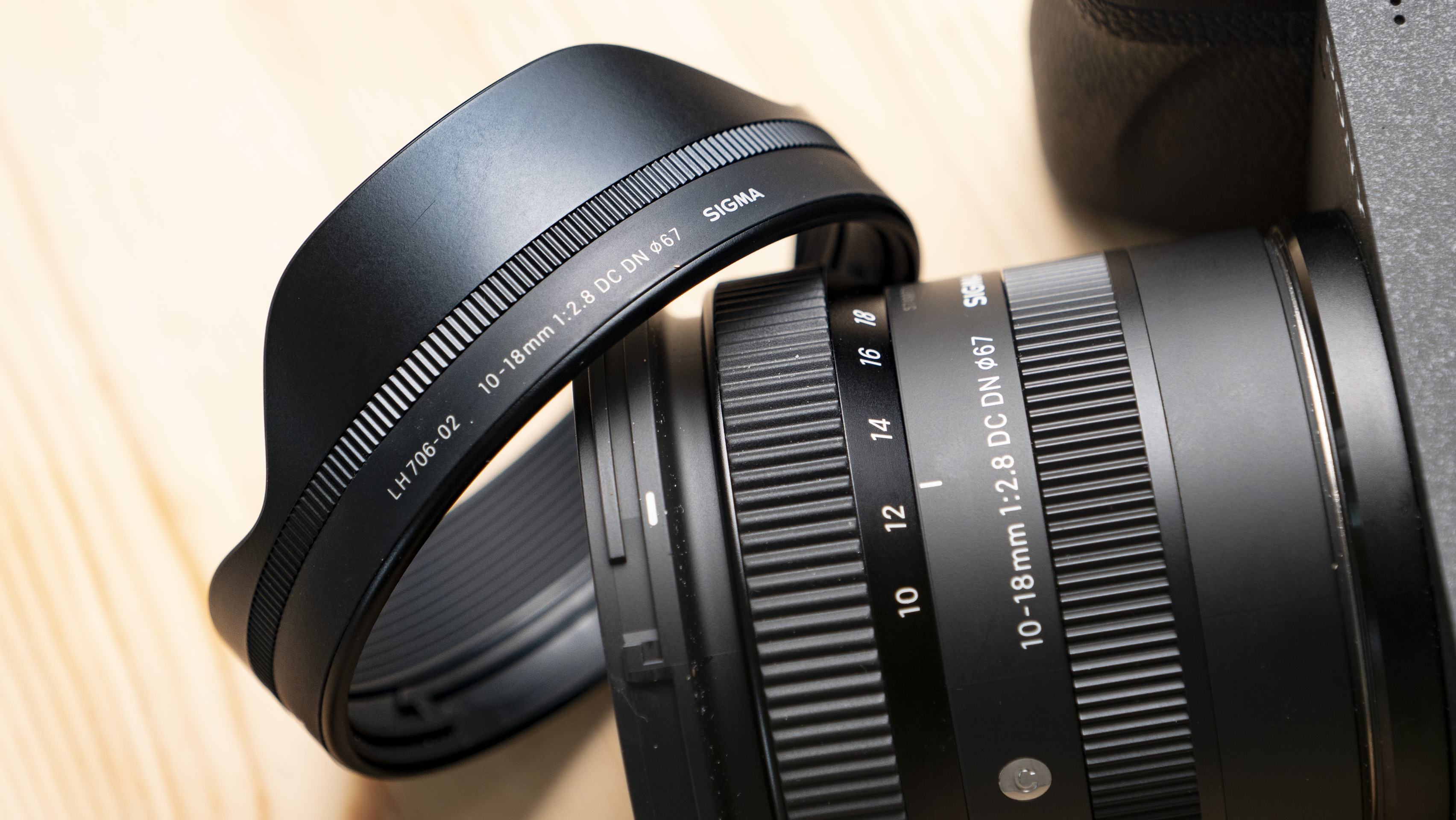

The barrel extends a fraction as you move through the wide 10mm end to the zoomed-in 18mm setting, which could throw the balance off if you’re mounted to a gimbal. But it’s only a minor shift, so it might be okay.
This is a particularly easy lens to point towards yourself for vlogging, especially on a camera with a vari-angle screen like the A6700 – the lightweight pairing is an excellent bit of run-and-gun gear for content creators.
Build quality is stellar. There’s a metal rear lens mount, and a neat click-on lens hood design – you simply line up the dots and push in and the hood clicks securely in place. If you’re used to screwing on a lens hood to lock it in place, this brilliant bit of lens hood design takes a little getting used to. A tiny turn unlocks the hood, but the lock is secure.
As this is such a small and lightweight lens, the autofocus motors have an easy task shifting the lens elements to adjust focus distance, making for a very quick autofocus speed that suitably compliments the AF performance of your camera.
A nice bonus is that the minimum focus distance is close enough to render a maximum 0.5x magnification ratio. That’s some serious close-up work – half life-size – which opens the Sigma 10-18mm up to the realm of macro, as you can see in my sample images of mushrooms in a forest further down the page.
As for optical quality, if you shoot JPEGs only the detail within in-focus areas is tack-sharp, from centre to edges. However, Sony cameras like the A6700 that I used for this review do apply somewhat aggressive sharpening to JPEGs.
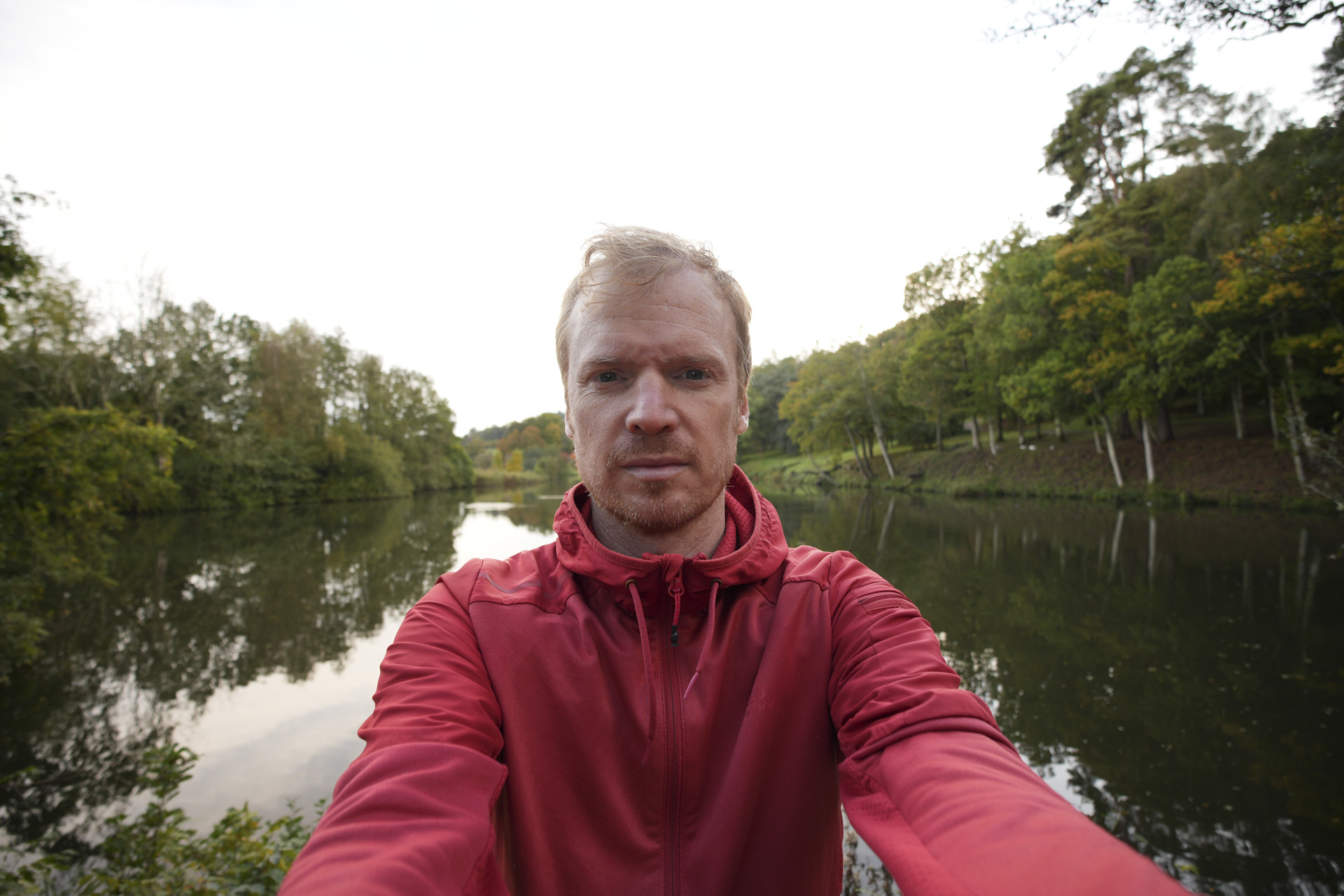



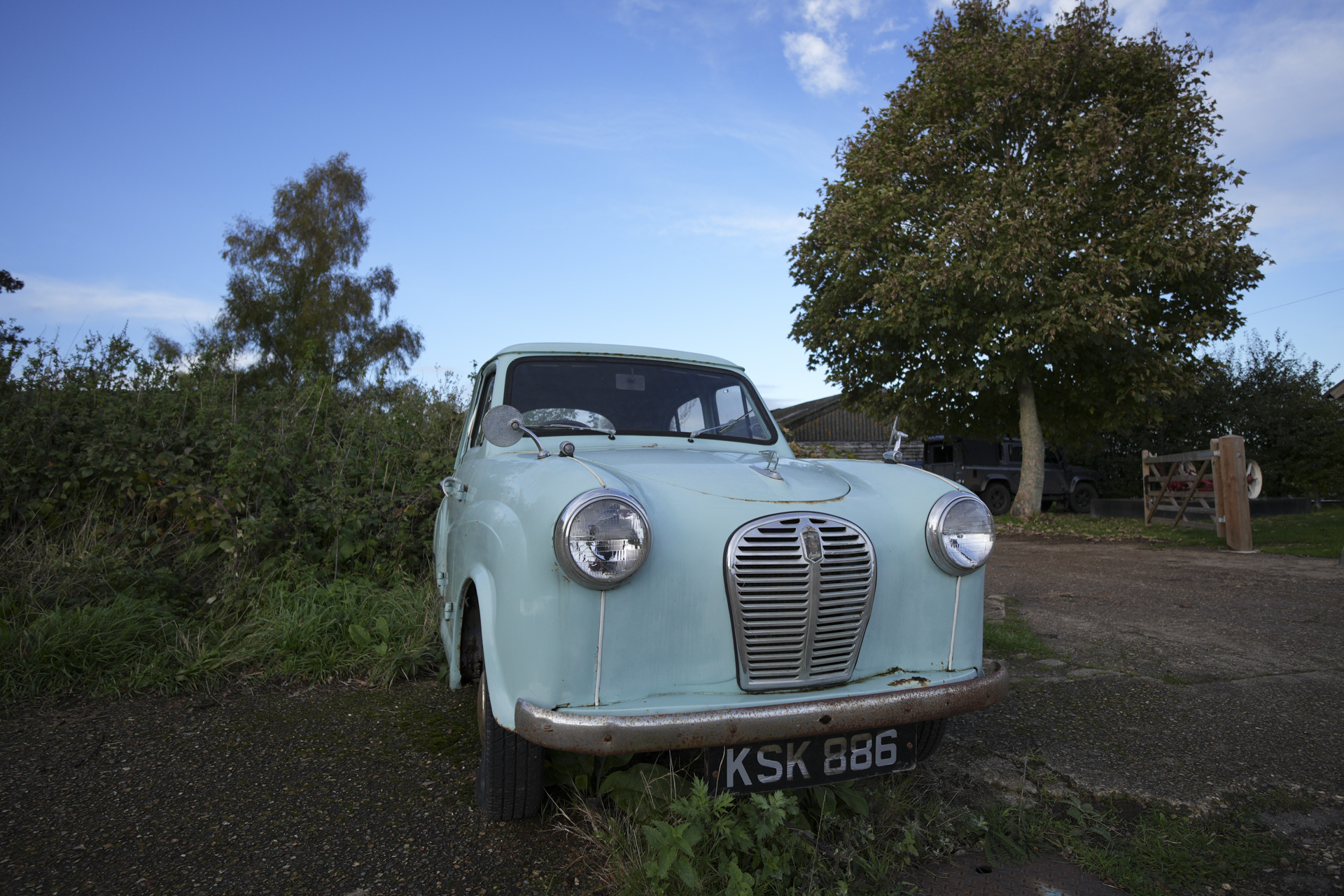

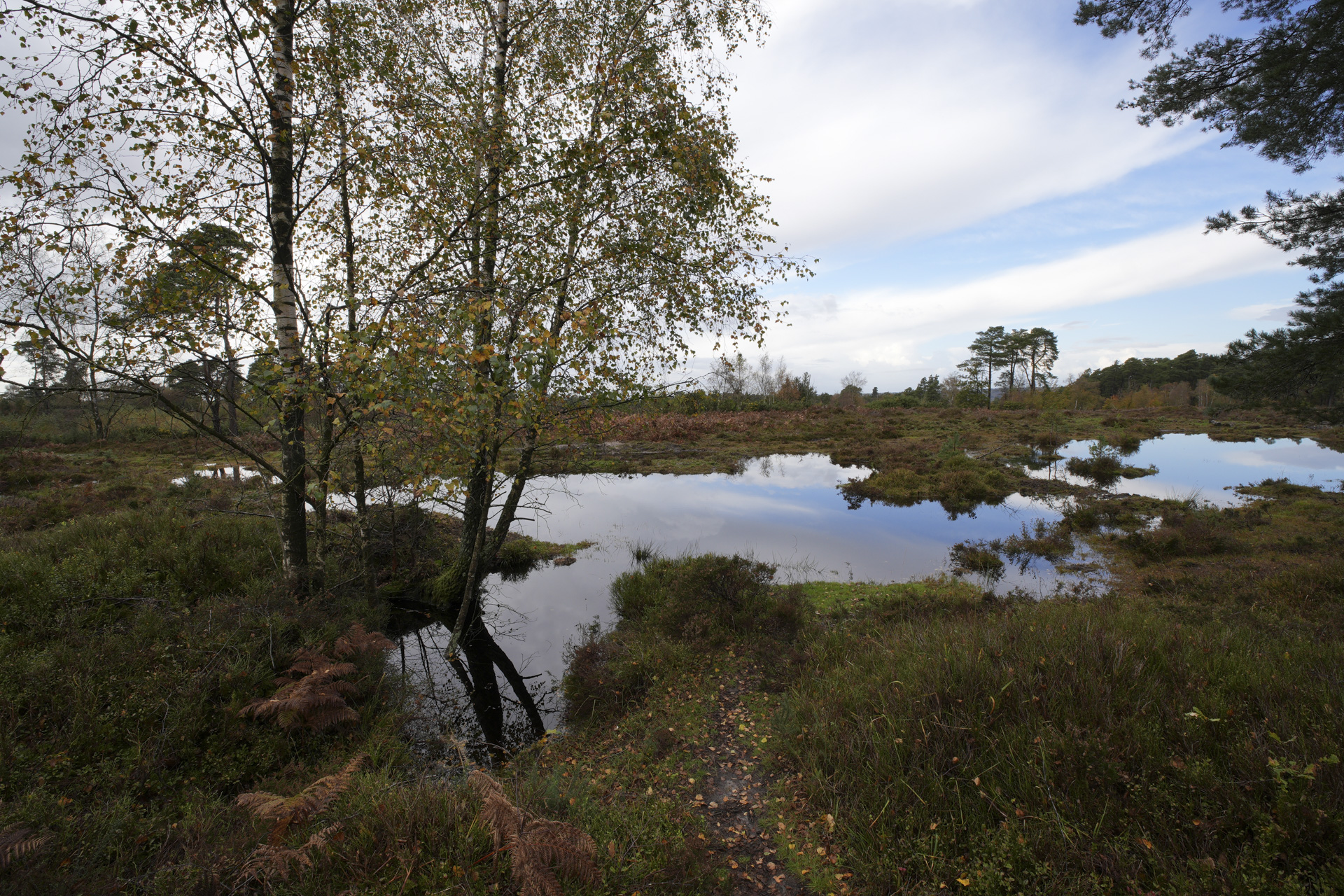

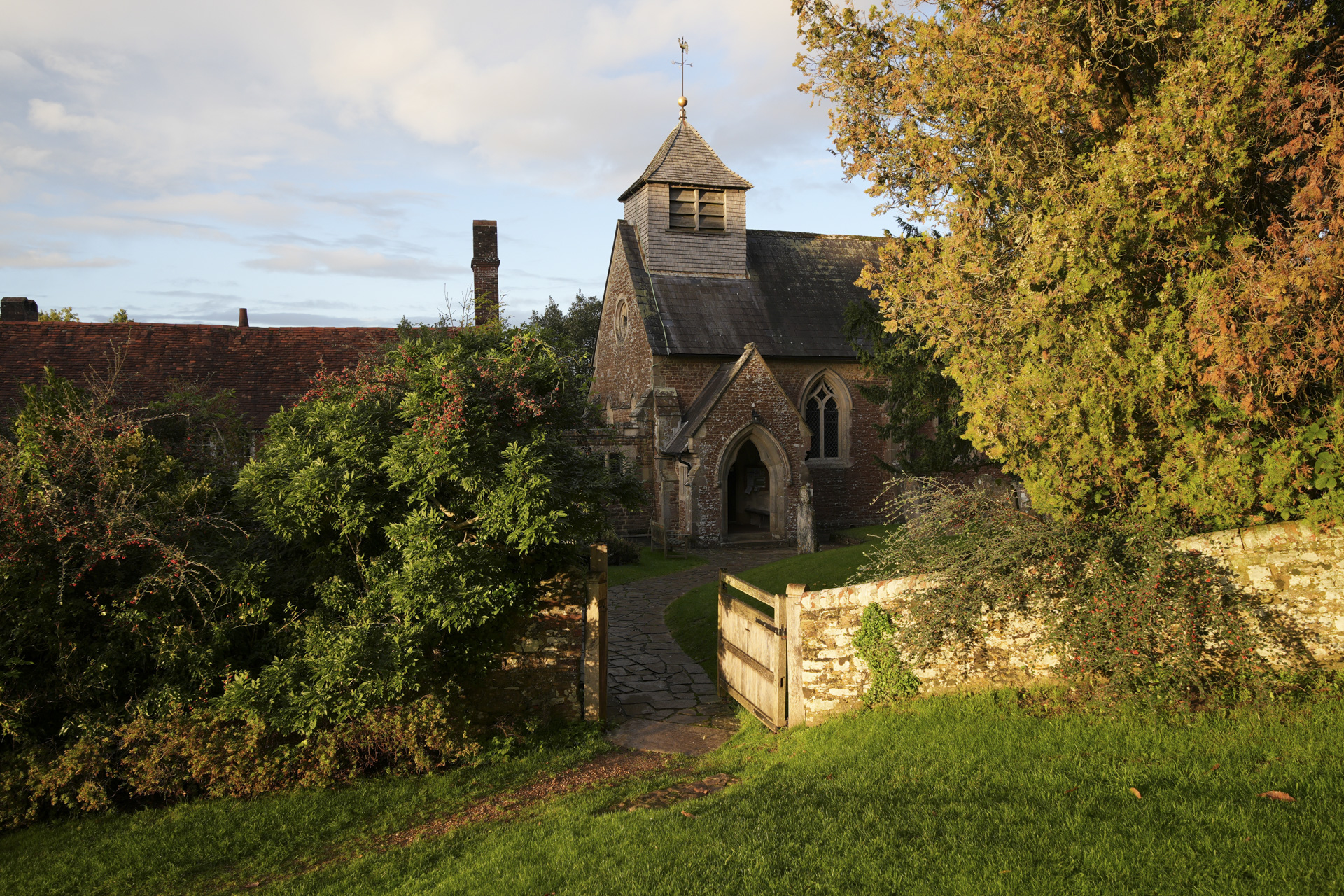
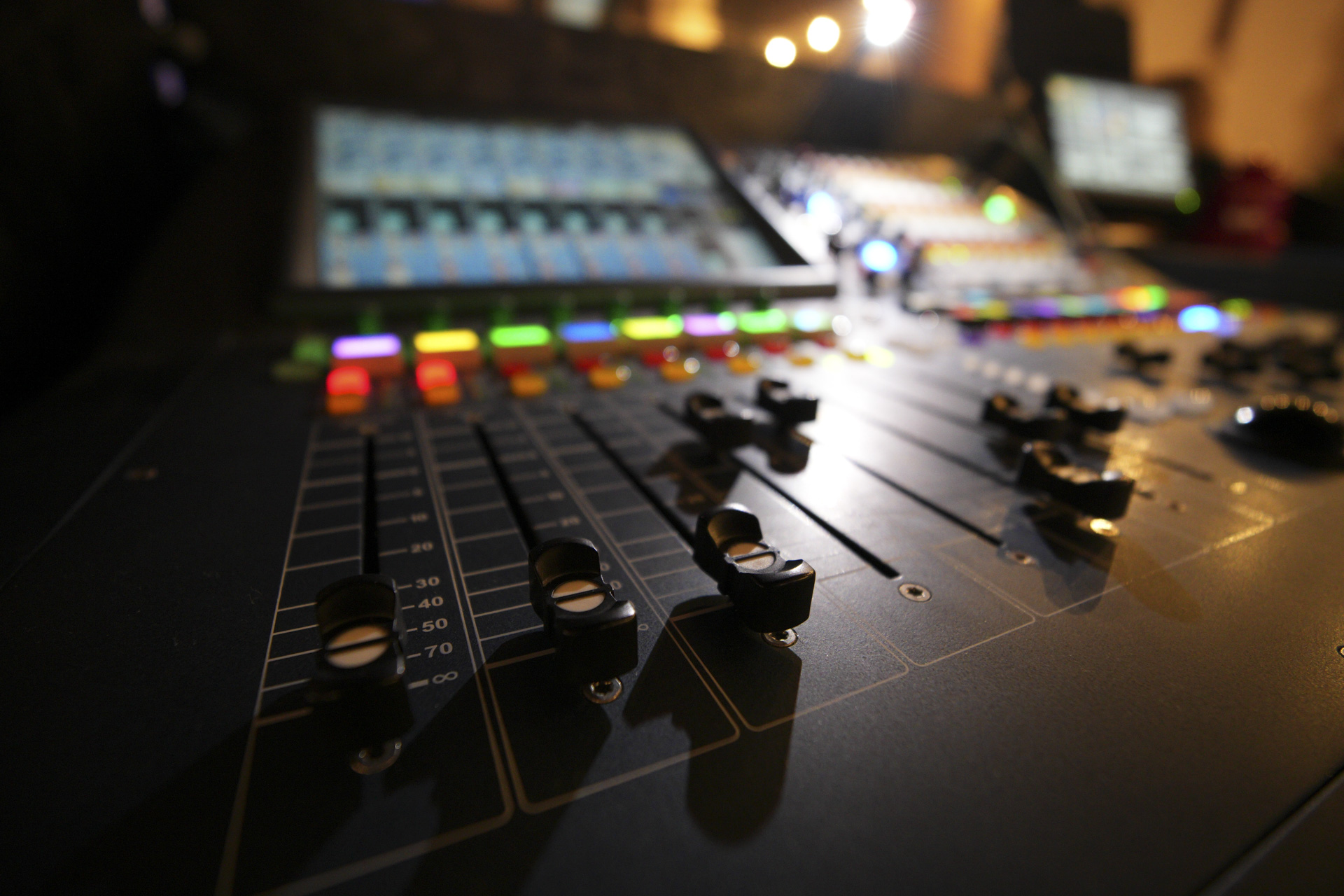
I’ve made numerous comparisons between unedited raw images and JPEGs, and found that vignetting is heavily present – that’s an ultra-wide-angle lens with a wide aperture for you. In the gallery (above) I’ve added the same selfie shot at f/2.8 with and without lens corrections applied so you can the difference, plus a static test shot of a brick wall at full aperture stops (GIF, below). You can see vignetting is most pronounced at 10mm and f/2.8, but is reduced by f/5.6 and just about gone by f/8.
Light loss, especially in the corners, can create a desirable vignetted aesthetic, especially if you want centrally placed subjects to stand out from their surroundings. But technically speaking, light loss is a bad thing regarding image quality.
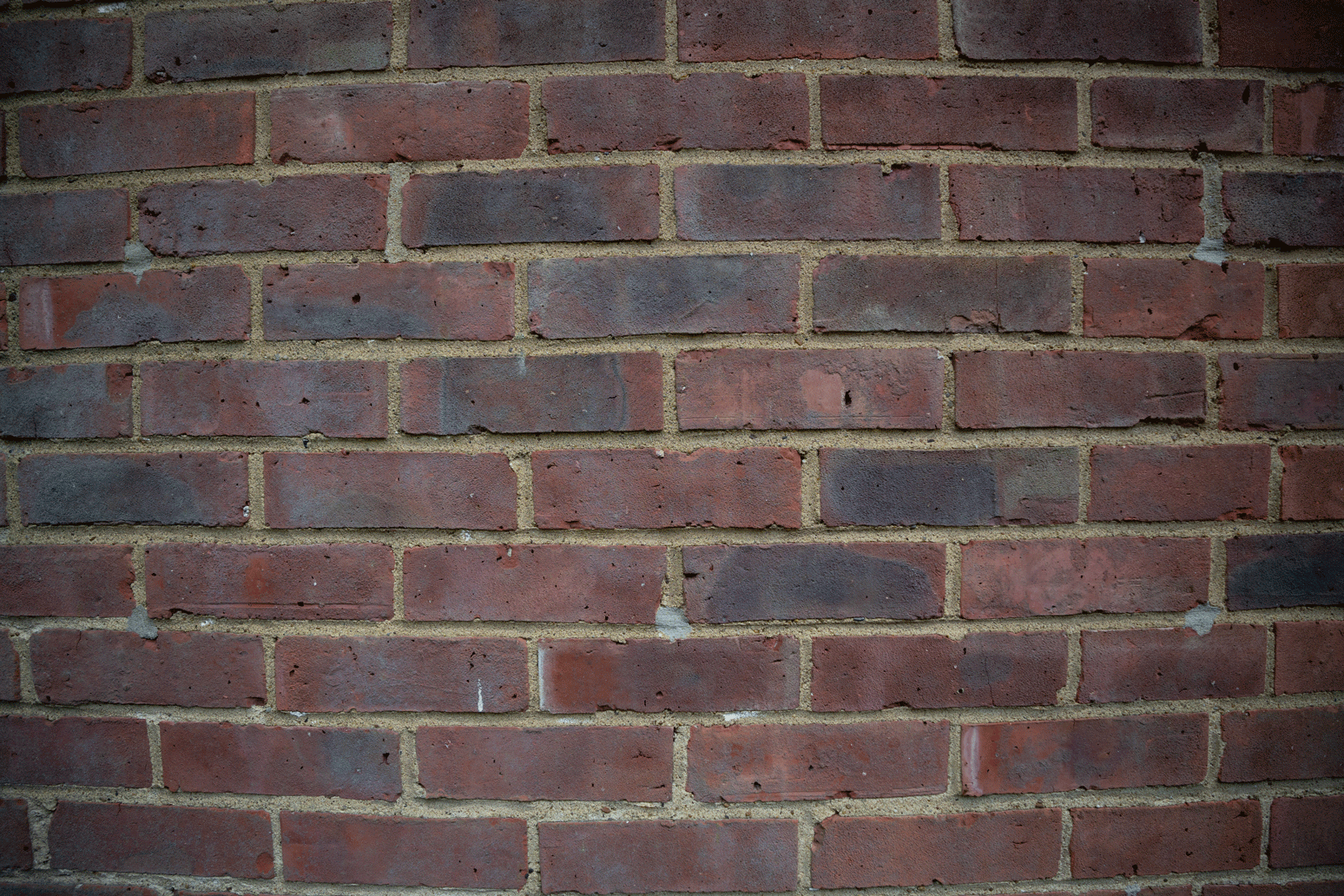

Chromatic aberration is virtually absent at any setting with lens corrections switched off. The most notable optical ‘flaw’ is barrel distortion, which is something that I’d expect from such a wide-angle lens – again you can see the difference with the lens correction on and off in the brick wall image.
While intentionally turning off all lens corrections for the purpose of testing puts the spotlight on any distortion, there’s little point doing this in the real world. And once lens corrections are applied, be it at the capture stage or in editing software, there are virtually no optical downsides at any focal length or aperture. Put simply, optical quality is stellar.







Bokeh is pleasant, too. If you shoot closeup subjects, such as selfies, at the f/2.8 aperture there's a decent focus fall-off, and smooth bokeh that is pretty much circular in shape; you’ll lose those lovely circles when stopping down to f/4 and smaller. On the odd occasion I’ve seen bokeh fringing, but really it's negligible. There’s also a hint of cat’s-eye bokeh in the corners, but I’ve seen way worse from pricier lenses.
All in all, the Sigma 10-18mm F2.8 DC DN is an easy lens to recommend. It’s tiny, lightweight, focuses fast, is optically sharp and has a constant f/2.8 aperture. This is all in a lens that performs well super-wide – something that no camera phone maker has mastered just yet – and serves the hybrid photo and video shooter well. Kudos to Sigma – this little beauty is set to join our best Sony lenses guide.
Sigma 10-18mm F2.8 DC DN: Price and availability
The Sigma 10-18mm F2.8 DC DN list price is $599 / £599.99 / AU$1,240, and sales started on October 26, although at the time of writing it’s still listed as pre-order.
Should I buy the Sigma 10-18mm F2.8 DC DN?

Buy it if...
You want a tiny lens that delivers big performance
A constant f/2.8 aperture in such a tiny and lightweight lens is an impressive offering.
You shoot photo and video
Ultra-wide lenses have appeal beyond the realm of landscape photography and into the world of content creation.
You want a versatile lens for closeup work
The maximum 0.5x magnification is more than enough for most people for closeup work. From macro photography to tight selfies, you can get subjects in focus.
Don't buy it if...
You want direct control over settings
With no external switches or buttons, adjustments to camera settings like focus mode are made in camera, which can slow things down.
You’re a serious filmmaker
There’s so much to the Sigma 10-18mm that appeals for video, but it’s not a true cine lens, and relies on the camera for control.
Sigma 10-18mm F2.8 DC DN: Also consider
If this Sigma 10-18mm F2.8 DC DN review has you interested in ultra-wide-angle zoom lenses for APS-C mirrorless cameras, especially Sony E-mount, here are a couple of alternatives to consider.

Sony E 10-18mm F4
The Sony name instils confidence, but its own 10-18mm only has a constant f/4 maximum aperture – a whole stop of light less than the new Sigma. For many, that alone will tip the balance in favor of the Sigma.
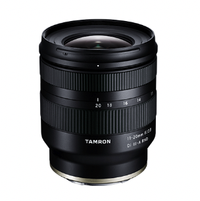
Tamron 11-20mm F2.8
The other third-party ultra-wide-angle zoom lens for APS-C cameras is Tamron’s 11-20mm F2.8. The Sigma has a slightly wider zoom range, while design-wise it’s smaller and lighter, too.
How I tested the Sigma 10-18mm F2.8 DC DN
I’ve had a lengthy period of time with the Sigma 10-18mm F2.8 DC DN mounted to the 26MP Sony A6700 mirrorless camera, during which it's covered a lot of miles as I shot landscape and close-up photography, selfies and vlogging content, and more.
I’ve played around with the various aperture settings and focal lengths, often shooting a series of identical images while changing the aperture and focal length in order to make direct comparisons of optical quality.
For the entire test, I took photos in raw and JPEG simultaneously, and had all lens corrections switched off in order to assess the impact of vignetting, barrel distortion and chromatic aberration, although in the real world there’s very little reason to turn off these corrections.
First reviewed November 2023

Tim is the Cameras editor at TechRadar. He has enjoyed more than 15 years in the photo video industry with most of those in the world of tech journalism. During his time as Deputy Technical Editor with Amateur Photographer, as a freelancer and consequently editor at Tech Radar, Tim has developed a deeply technical knowledge and practical experience with cameras, educating others through news, reviews and features. He’s also worked in video production for Studio 44 with clients including Canon, and volunteers his spare time to consult a non-profit, diverse stories team based in Nairobi. Tim is curious, a keen creative, avid footballer and runner, and moderate flat white drinker who has lived in Kenya and believes we have much to enjoy and learn from each other.
